
The No 3 Skull of Yunxian Man is unearthed on Dec 3 at the Xuetang Liangzi site in Shiyan, Hubei province. (Photo provided to chinadaily.com.cn)
Researchers have begun studies on a newly discovered fossilized skull in Central China's Hubei province. It is believed to be the most intact Homo erectusspecimen of its age, found in inland Eurasia, according to the province's department of culture and tourism.
The fossil — designated as No 3 Skull of Yunxian Man — was found on May 18 at the Xuetang Liangzi site in Shiyan, which is an early Paleolithic period site.
At the site, the first and second skulls, which are 800,000 to 1.1 million years old, were unearthed in 1989 and 1990, respectively, according to a report by Xinhua News Agency.
The latest skull, said to be about a million years old, was unearthed on Dec 3. It will be sent to the Institute of Vertebrate Paleontology and Paleoanthropology under the Chinese Academy of Sciences for further research.
Experts will evaluate details of the skull to put together a picture of the person's age, gender and way of living.
It will provide important fossil evidence for the study of the origin of the species and its development in East Asia.

The No 3 Skull of Yunxian Man is unearthed on Dec 3 at the Xuetang Liangzi site in Shiyan, Hubei province. (Photo provided to chinadaily.com.cn)

The No 3 Skull of Yunxian Man is unearthed on Dec 3 at the Xuetang Liangzi site in Shiyan, Hubei province. [Photo provided to chinadaily.com.cn]









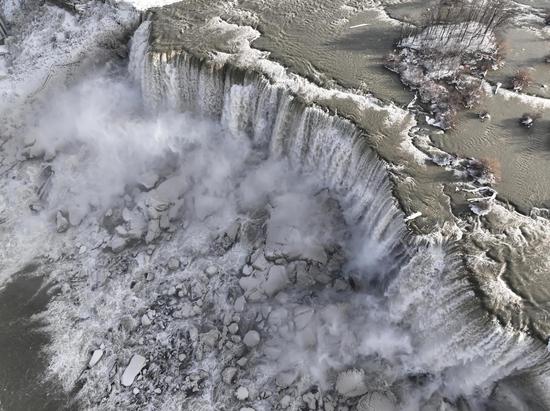

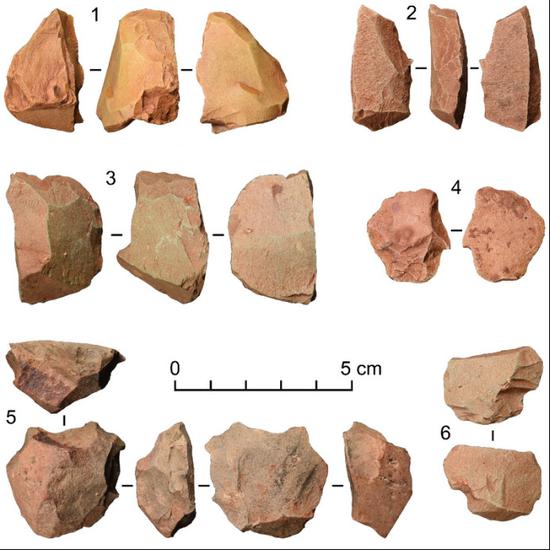

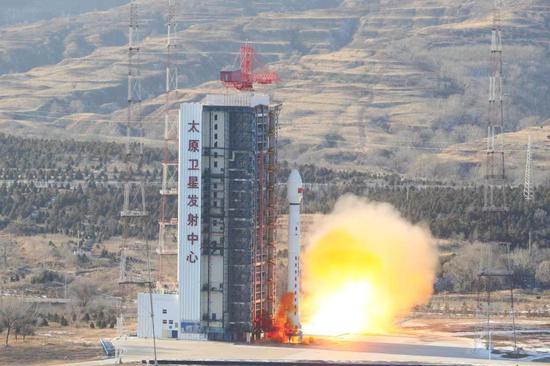

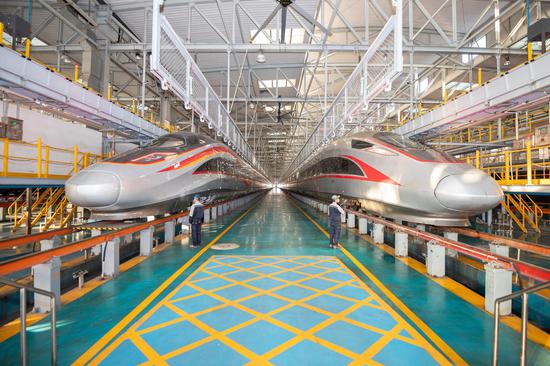


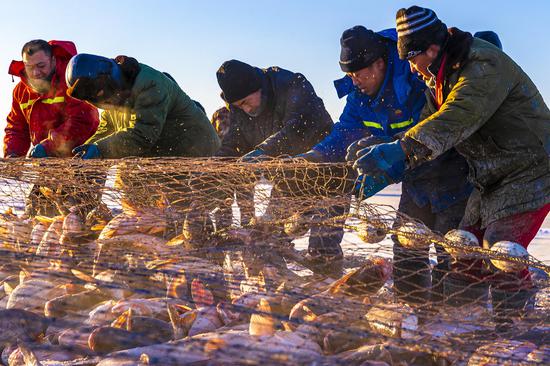



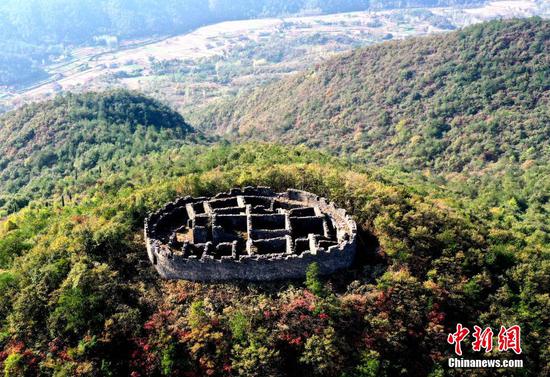

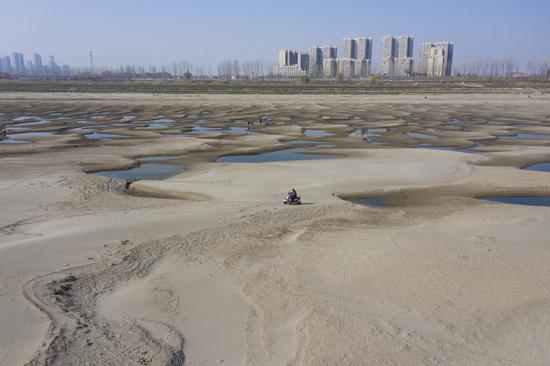



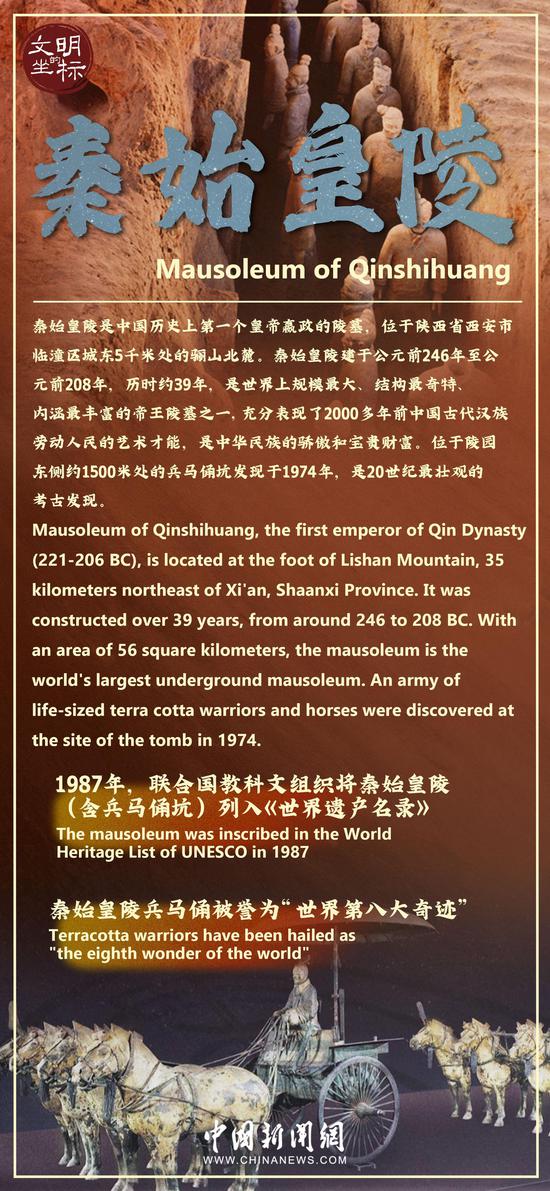














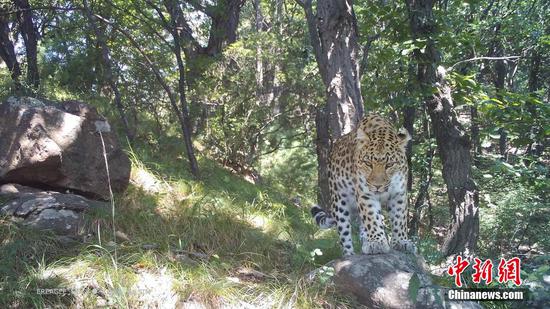






 京公网安备 11010202009201号
京公网安备 11010202009201号